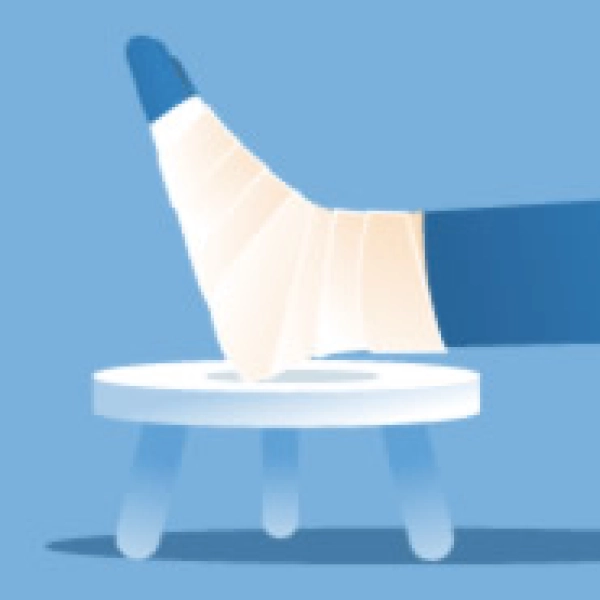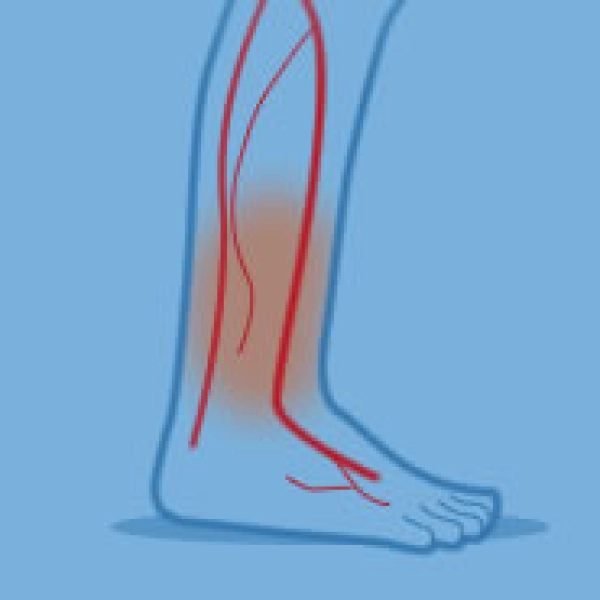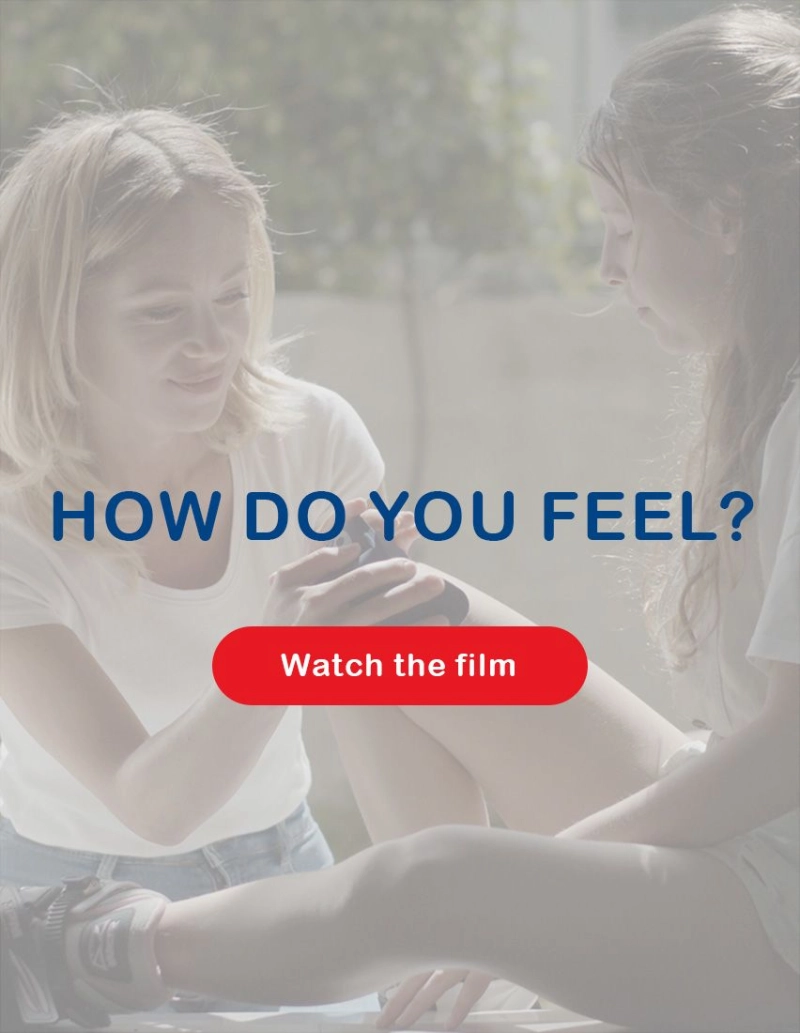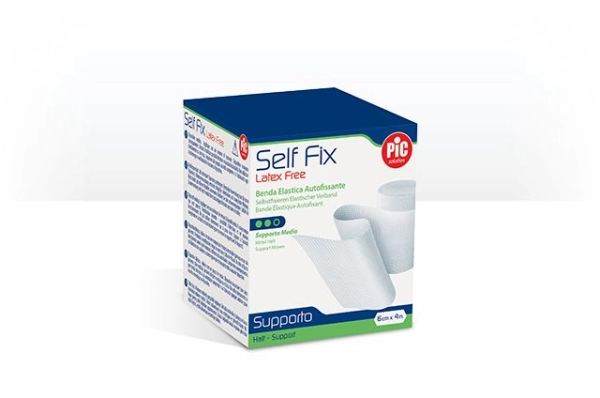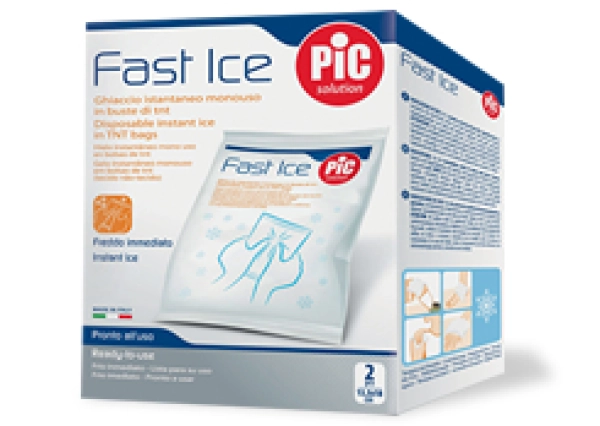

A tattoo lasts forever, and so does its care. Being incised by a needle stresses the skin, and the particular micro-wounds on the epidermis caused by tattooing can be fertile ground for germs and bacteria. Healing usually takes between 7 and 10 days but it is always better to wait another week before you consider the tattoo completely healed.
Immediately after finishing the tattoo, the tattoo artist will surely apply some transparent film to your skin to protect the incision. Remember, however, that this protection should only be kept on for the first 2-4 hours. After that, wash your hands, remove the film and clean the tattoo with warm water only, dabbing it with soft and clean gauze. Did you know it is important to let the skin breathe? That's because contact with oxygen accelerates the healing process.
Before getting in bed, don't forget to cleanse your new tattoo with simple warm water (or a little mild soap). Do not use harsh cleansers and do not rub the tattoo to dry it, just dab gently. Then, apply the soothing and moisturising cream the tattoo artist will certainly have recommended: these are the essentials to make your tattoo heal better.
Did you just get a new tattoo? If you can't avoid going to places full of animal hair or dust such as warehouses, workshops, cellars or other unhealthy environments, you can cover the tattoo again during the hours you spend there. However, make sure that the fabric of the bandage always allows the skin to breathe. Remember that the first few hours after getting "inked" are the most at risk for infection.
Did your tattoo come into contact with water? Don't worry: the best way to help it heal is to wash it every day, as you just read. However, you must absolutely avoid soaking it for long: skip the bathtub in favour of a quick shower, and stay away from the sea and pool, because the bacteria in the water could attack the protective skin layer that forms during the healing phase, possibly leading to infections. Once healed, you can safely return to relaxing in the bathtub and swim in the sea or pool, proudly displaying your new ink.
Did you know that a tattoo is considered clinically healed only once the scab resolves on its own and leaves skin smooth and velvety to the touch? Precisely for this reason, you should not remove the scabs that form: they will dry up and fall off naturally over time. Also, avoid scratching or pinching the tattoo: if it itches, just tap on it!
If you have a new tattoo, resign yourself to pale skin for a while. For at least 3 weeks, you should avoid exposing the wound to the sun or the strong lights of tanning beds. Once you've had your tattoo for a long time, you still need to remember that some dyes can react to the sun even after years: it is always better to protect the design with a strong sunscreen.
Have you decided to get pierced? Perhaps you already know that your new piercing is a very particular wound: it is a perforation of an area of your body to introduce rings, earrings or other objects for decorative purposes, usually considered as jewellery. Consequently, you will have a single goal in the days and weeks following the piercing: to always keep the wound clean, in order to facilitate the healing process.
Keep in mind that any piercing should be washed at least twice a day until the wound has completely healed. To do this, you have 2 alternatives: immerse the jewel in a glass of hot water where you have dissolved a quarter of a teaspoon of salt, or apply a compress by soaking a sterile gauze with the same saline solution. The second option allows you to soften any secretions or scabs, and to then gently cleanse both the entrance and exit holes.
If you have had your tongue pierced, you will need to rinse the inside of your mouth at the end of each meal with an alcohol-free mouthwash. To brush your teeth, rely on a soft-bristled toothbrush, so you can gently remove the plaque that tends to naturally form in the lower part of the jewel.
